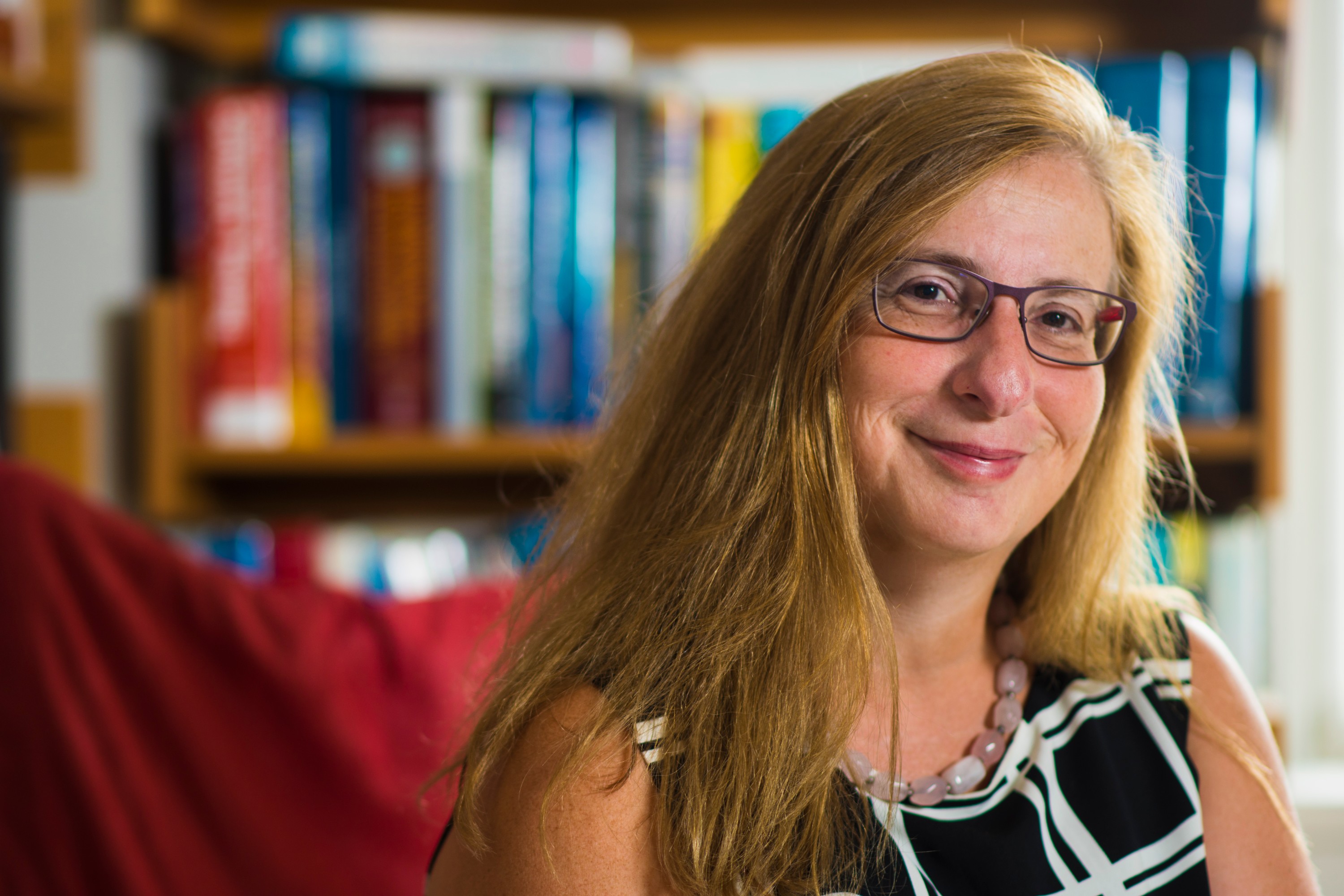A century-old building at the University of Alberta is getting a whole lot smarter, thanks to researchers who are figuring out how to optimize all the control systems within the structure with the aim of reducing energy use and greenhouse gas emissions, increasing comfort for building occupants and saving operational costs.
The project, which will be undertaken in the University Commons building, involves upgrading existing hardware and adding additional sensors and smart devices in the building. With these additions, “we’ll have a much more accurate view of how the building is used, how many occupants there are and what they’re doing,” explains project lead Eleni Stroulia, professor in the Department of Computing Science and director of AI4Society.
The project received $649,570 in infrastructure funding from the Canada Foundation for Innovation’s John R. Evans Leader Fund — one of eight U of A projects receiving more than $2.2 million in new funding.
Real-time, real-world feedback
Though it’s possible to computationally calculate the optimum controls that would yield the highest energy and cost savings, given the external environmental conditions and building occupancy, that doesn’t necessarily translate to occupant comfort. So there will also be a software component — an app that occupants of the building can download to provide real-time feedback.
“When they’re in the building, the app will know roughly where they are, and we’ll be asking them questions — ‘How do you feel right now, what’s the temperature, what’s going on?’” explains Stroulia. “This is the ground truth that will tell us whether we’re doing well.”
The researchers are also planning to have interactive displays on the main floor of the building that highlight what the building itself is doing, creating what she calls “a continuous learning loop.”
To integrate all the necessary components, Stroulia and her collaborators are creating a “digital twin” of the building.
“We are going to build a computational model of the building, its architecture, its spaces, its devices,” says Stroulia. Then, all the data gleaned from the hardware and software will allow the team to refine the real-time virtual model of the building.
“Once the model becomes highly accurate, whatever you do in the model will actually predict real-world phenomena in the real world,” says Stroulia. “We can use this information to better control the heating, lighting and ventilation systems for the building.”
Making smart buildings even smarter
As Stroulia explains, even in modern buildings that already have smart technology, the control loop is typically not optimized. For example, a building may have motion sensors that turn the lights off and on, but these sensors don’t have knowledge about the natural light level in the space on a given day. That means the lights may be automatically switched on at times when artificial lighting isn’t needed, wasting energy and negatively affecting the environment, simply because they were motion-triggered.
“Our goal is to figure out and demonstrate what the right level of integration in a building is.”
Some of the optimization findings from this project could be transferable to other buildings, such as finding a more energy-efficient way to control lights than the standard motion-sensing methods many buildings already have.
“The improvement of control will be optimized such that we save energy, save greenhouse emissions, improve comfort and hopefully save costs in the operation of the building.”
Stroulia’s collaborators on the project include Omid Ardakanian, whose research focuses on optimizing battery usage, and Petr Musilek, whose work involves smart power grids. Other collaborators are looking at privacy issues and data use, the heat exchange between the building and the exterior, and how occupants can engage more actively with the building.
“We have the perfect combination — a building currently being built with the right expertise and the right occupants.”
Other U of A funded projects
Along with Eleni Stroulia and her collaborators, seven other U of A researchers received new funding through the John R. Evans Leaders Fund for infrastructure and equipment that will advance their work.
Kisha Supernant, Faculty of Arts
Finding the Ancestors: Building infrastructure to support Indigenous, community-engaged archaeological remote sensing
$501,575
Mohamed Gamal El-Din, Faculty of Engineering
Assessing the fate and transformation of micropollutants in reclamation systems using high-resolution mass spectrometry
$380,000
Sheref Mansy, Faculty of Science
Laboratory for the synthesis of artificial cells
$200,538
Leijun Li, Faculty of Engineering
Measuring phase transformations in advanced materials: Acquisition of quenching-deformation dilatometer
$187,021
Samir Hemant Mushrif, Faculty of Engineering
An integrated reactor analytical system to investigate bio-oil synthesis and catalysis
$134,495
Xiaolei Wang, Faculty of Engineering
Platform for fabrication of pouch-typed battery cells
$100,000
Natasha Hurley, Faculty of Arts
The Reparative Infrastructure Networked Cluster
$72,952
